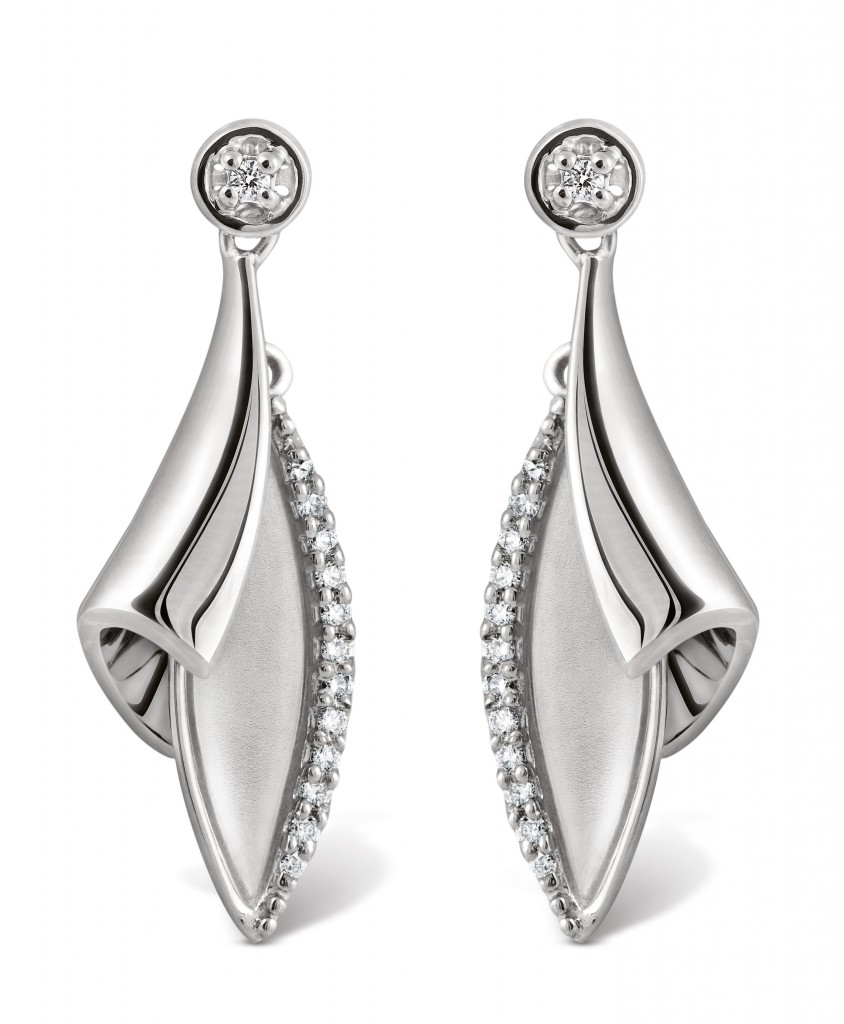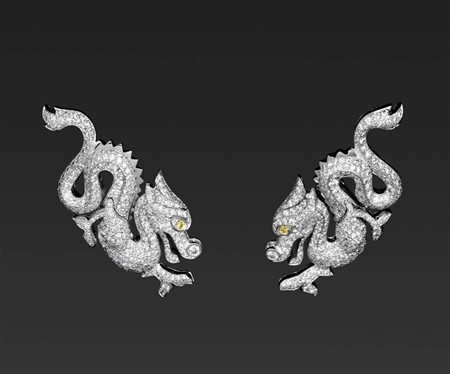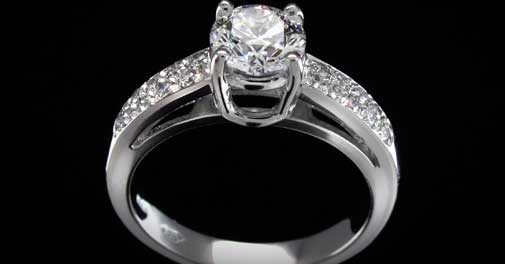Platinum Jewelry
Platinum is known as the “King of Metals” and rightfully so. It is a heavy metal and is almost twice in weight compared to gold and also has the properties of silver, which makes it very ductile. Not only is it very malleable, but is equally strong and durable. Platinum is the most precious metal used in jewelry and when combined with small quantities of ruthenium and iridium provide stronger alloys with up to 95% purity. The platinum family has six metals comprising of: platinum, palladium, iridium, osmium, rhodium and ruthenium. Diamonds jewelry when set in platinum provide a beautiful ensemble as the whiteness of the metal brings out the natural brilliance of the diamond. It is fast catching on as a raging trend in India owing to its various qualities and sheer finishing. Because of its purity, platinum jewelry is termed as hypo allergic as it suits people suffering from allergies or sensitivity to metals.
Origin
Platinum is originally said to have been discovered from alluvial deposits at the end of Rio Pinto in Columbia. The name ‘platinum’ stems from the name given to the metal by the Spaniards who termed it ‘Platina del Pinto’ as it resembled silver. Platinum is more popularly used in jewelry in the West since centuries by royalty. In fact, a lot of timeless platinum designs have been crafted by eminent jewelers like Tiffany, Cartier and Faberge. The most famous diamonds in the world – Kohinoor, and Hope are also set in platinum.
Present Day Scenario
Platinum became a preferred metal during the beginning of the 20th century and it stayed that way up until the 1930s. Platinum is more expensive than gold and is used in multiple applications that include jewelry, automotive and industrial purposes. Since it is a rare metal, platinum commands a higher price. Platinum is used in various high-demand commodities such as anti-cancer drugs, hard disk drives, fertilizers, gasoline, eyeglasses, LCD displays, fiber optic cables, paints, and explosives.
Innovations
Platinum jewelry has had a spurt in popularity for the past 20 years owing to the Japanese customers who have fueled demand for this jewelry. It is a highly tensile metal which makes it the best for precious stone setting and is now replacing gold in the diamond business. This trend is also fast catching on in India, wherein the youth prefer investing in chic platinum pieces, rather than in yellow metal.
A lot of prime watch-making companies like Rolex, Tag Heuer and the like are engaged in manufacturing exclusive limited edition platinum watches. In fact, platinum is used in horology, but now watches are also fast becoming luxurious with watches crafted out of platinum to give the ultimate luxury. There is a growing niche market for such watches in India, as sporting expensive time-telling pieces have become the latest status symbol.
In fact, solitaires, platinum bands, and pendants set in platinum are fast becoming associated with weddings and engagements in India, particularly in the metros and urban areas. It is quite popular in the high-end consumer segment who prefer solitaires to be set in platinum owing to its durability. Furthermore, the comparative rise in gold rates laces platinum at an attractive price level, making it a better option for investment. Despite all this, platinum consumption in India stands at 10 tons, as compared to 300-350 tons of gold, which means that the metal is still in its nascent stage and is yet to gain popularity amongst other economic strata of the Indian society who cannot give up their love for the yellow metal.
Interesting Facts and Comparisons
- The metal does not wear out with the continuous wearing of the jewelry piece.
- Platinum offers more support to diamonds than gold.
- Platinum is not an allergenic metal.
- Platinum is used in various fields such as dentistry, automotive, apparatus, and medicine.
- It is the rarest amongst all metals with 90% of the supplies coming from South Africa and Russia.
- It is extremely corrosion-resistant.
- Japanese are the highest consumers of platinum jewelry, with an annual purchase of 48% that is produced in the world.



